What we consider normal, or even safe, today would have shocked earlier generations, and vice versa. Just a few decades ago, families lived with behaviors and household items that are now banned, restricted, or seriously frowned upon. From puffing cigarettes in the kitchen to storing loaded guns under the bed, these practices were once entirely legal. They didn’t just happen; they were expected. Here are 10 things that were once legal in homes but seem wild today.
1. Smoking Indoors
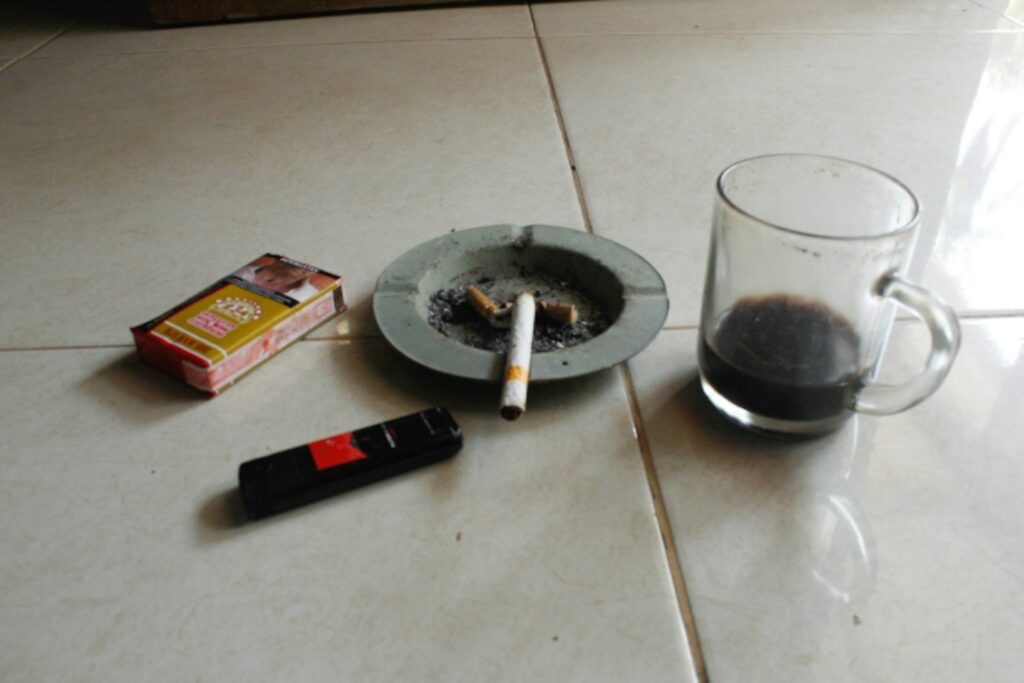
It’s hard to imagine now, but there was a time when lighting up a cigarette indoors was completely acceptable. People smoked in the kitchen, bedroom, and even around children. Ashtrays were standard on every table, and smoky living rooms were just part of life. Laws eventually changed, and so did public opinion, once we realized just how harmful secondhand smoke is. Today, indoor smoking is rare and often prohibited by landlords or city ordinances.
2. No Seatbelts for Kids

Before the 1980s, kids often rode in the front seat, or even in a parent’s lap, without seatbelts or car seats. Some children stood up in the backseat or lay across the rear window shelf. Laws didn’t require restraints, and many parents didn’t think twice about it. Today, strict car seat guidelines exist for every age group, and not buckling up can lead to fines or much worse. It’s a major shift in home and travel safety.
3. Lead-Based Paint
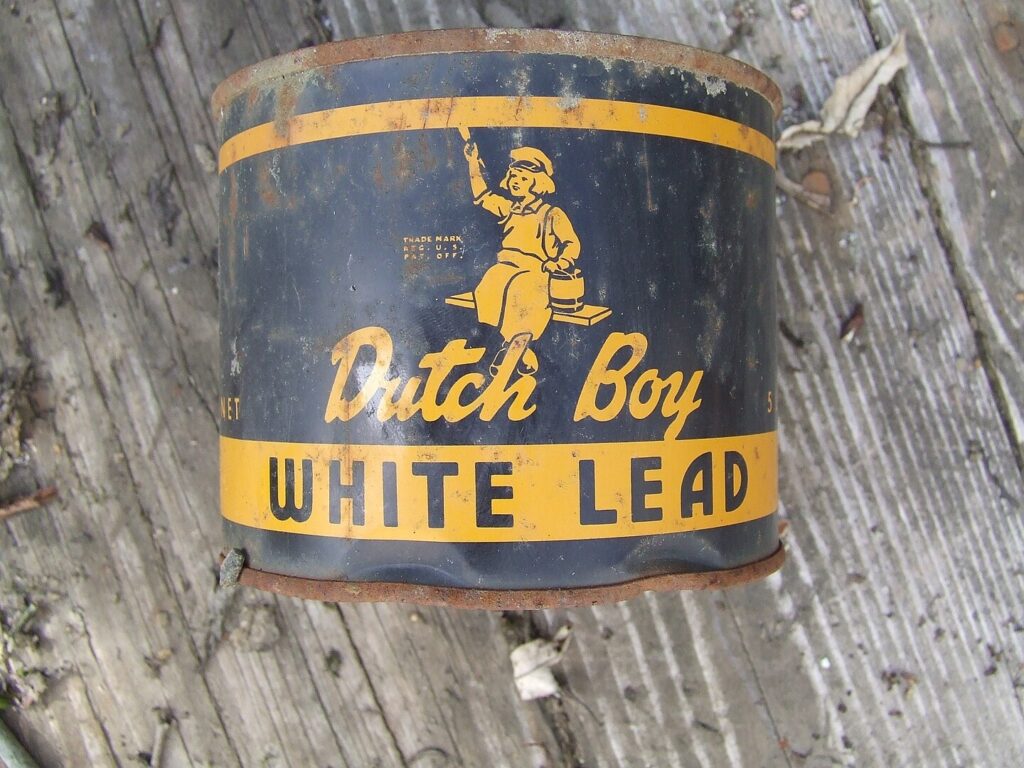
From the early 1900s to the late 1970s, lead-based paint was used in millions of homes. It was durable and bright, but also incredibly toxic, especially to children. Peeling or chipping paint could lead to lead poisoning, affecting brain development and behavior. Despite the known risks, it wasn’t banned for residential use in the U.S. until 1978. Many older homes still require special lead testing or removal if the original paint remains.
4. Asbestos Insulation
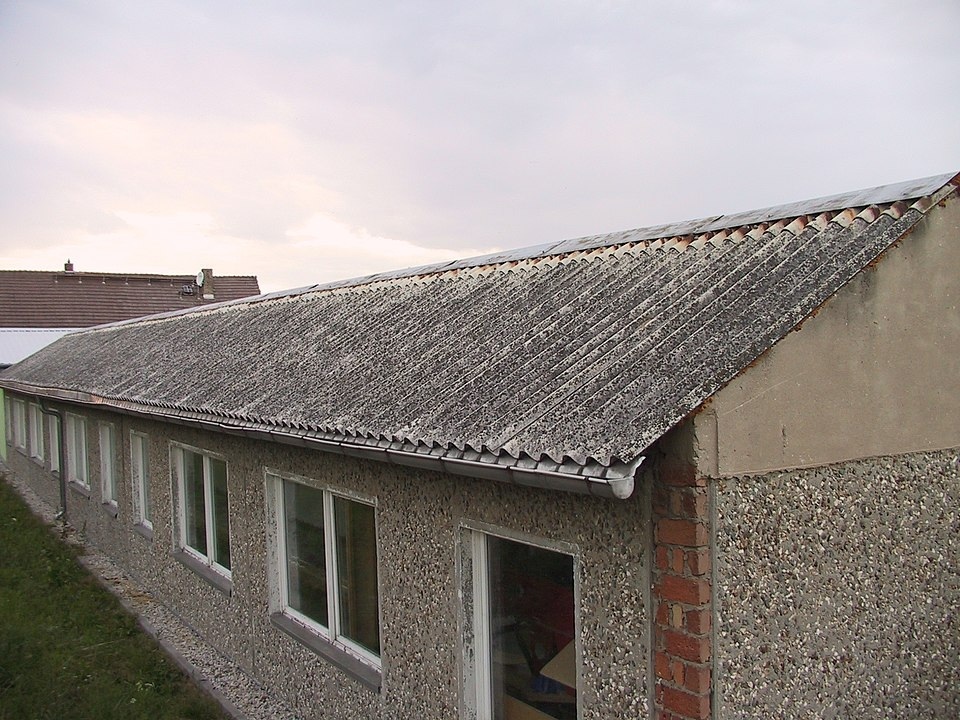
Once considered a “miracle material” for its fire resistance and insulation power, asbestos was commonly used in walls, ceilings, and even floor tiles. It wasn’t until the 1970s that health experts connected asbestos exposure to severe illnesses like mesothelioma and lung cancer. For decades, families unknowingly lived with it in their homes. While it’s now heavily regulated, many older houses still have asbestos materials hidden inside their structures.
5. Indoor Firearms Storage

In past decades, it wasn’t uncommon for loaded guns to be kept in nightstands, under beds, or hung visibly on walls. Gun safes were rare, and child-proofing wasn’t a major concern. Many households treated firearms like any other household item. Today, laws in many states require guns to be locked and stored safely, especially in homes with children. What was once considered normal is now seen as dangerously irresponsible.
6. No Fire Alarms or Smoke Detectors
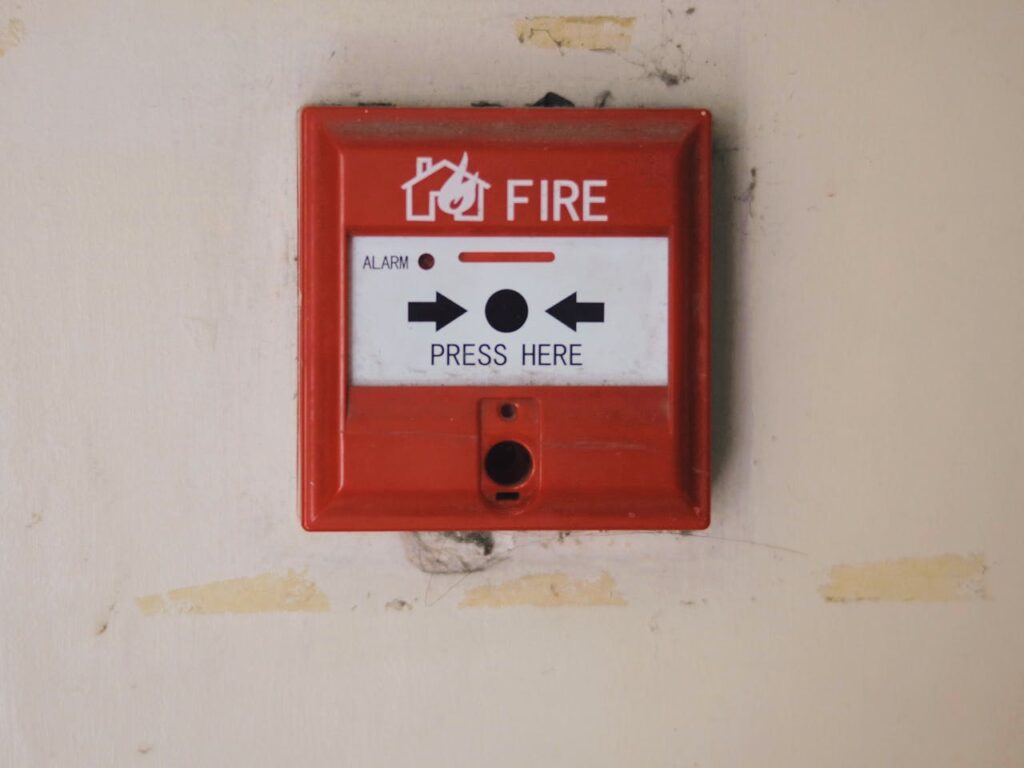
Before fire codes became strict in the 1970s, many homes had no smoke alarms at all. Fires often spread before anyone even notices. Some families relied on their noses or the barking dog to detect danger. It wasn’t until 1992 that most U.S. building codes required smoke alarms in every bedroom. Now, smoke and carbon monoxide detectors are standard, and in many places, legally required to be tested and maintained by landlords or homeowners.
7. Corporal Punishment

Physical discipline, like spanking with belts, rulers, or wooden spoons, was not only legal, it was widely accepted. Parents and even teachers used corporal punishment as a routine form of correction. While some states still allow limited physical discipline at home, it’s become far less common and far more controversial. Today, many parenting experts warn against it, citing long-term emotional and behavioral consequences. What was once normal is now heavily debated.
8. Burning Trash in the Yard
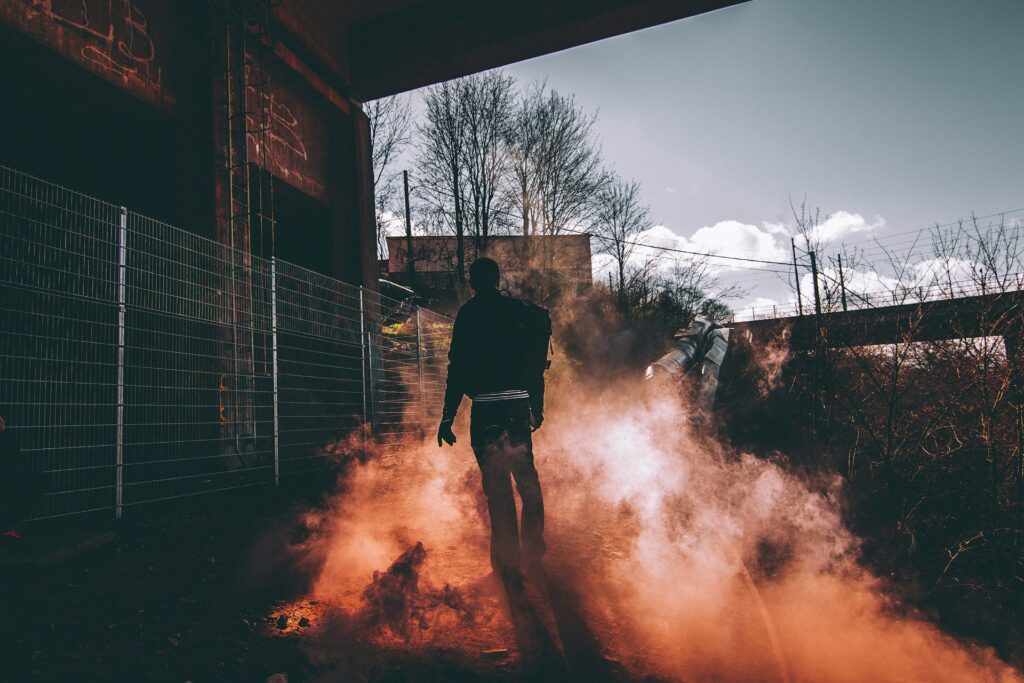
For decades, families handled household garbage by tossing it into a metal barrel and lighting a match. Burning trash in the backyard was a daily ritual in many suburban and rural areas. It was legal, and in some cases, encouraged. But this practice released harmful toxins and smoke, leading to respiratory issues and environmental damage. Today, open burning is banned or restricted in most places, with regular trash pickup and recycling taking its place.
9. No Building Permits for Additions
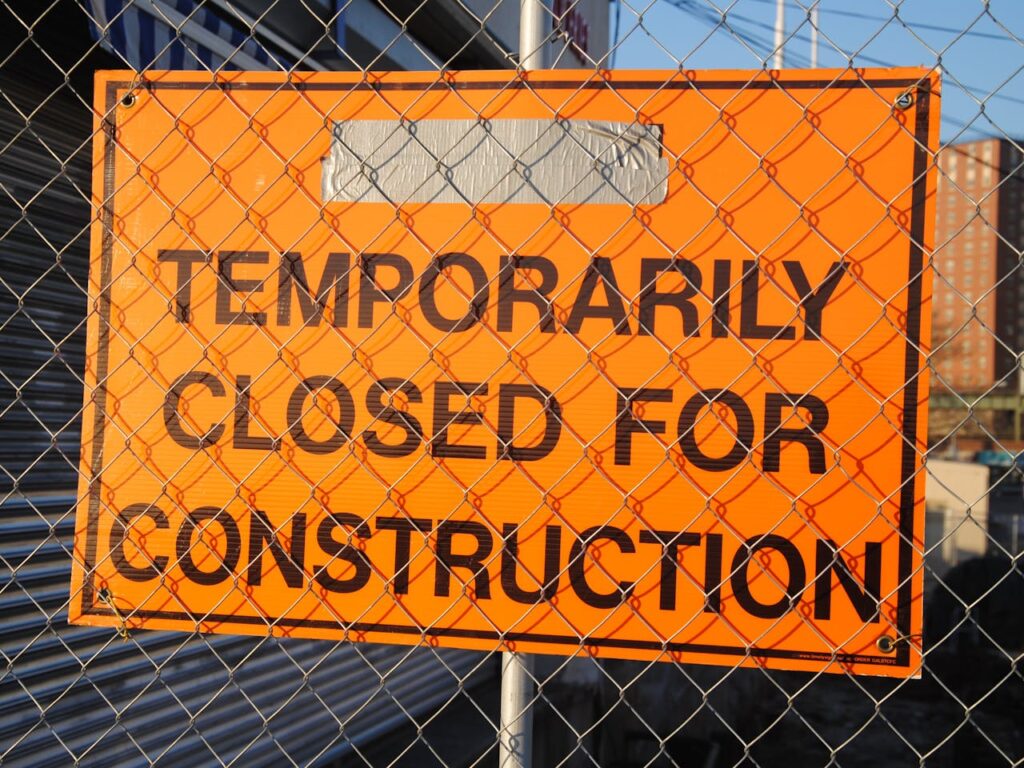
Adding a sunroom or building a back porch? Decades ago, many homeowners just got to work, no permits, inspections, or blueprints required. People would hammer together additions without worrying about zoning laws or structural integrity. This led to some wildly unsafe DIY projects. Now, most home renovations must go through a formal approval process to ensure safety and code compliance. Doing it the old-school way can lead to fines or even forced demolition.
10. Children Working at Home

Before strict child labor laws, it was common for kids to contribute to household income, especially on farms or in family-run businesses. Children sewed, baked, cleaned, harvested crops, and ran errands as part of daily life. Some started working as young as 8 or 9. Today, labor laws restrict how and when kids can work, even at home. While chores are still fine, regular unpaid labor or dangerous tasks are no longer legal or acceptable.


